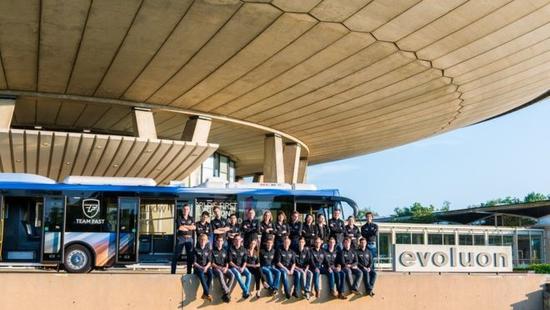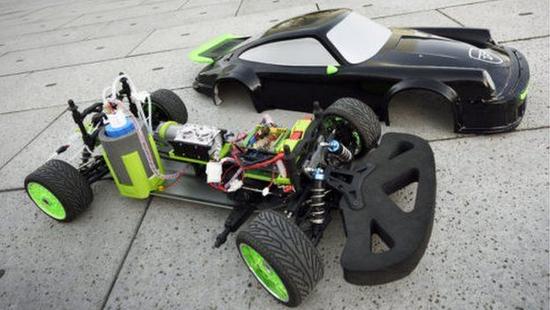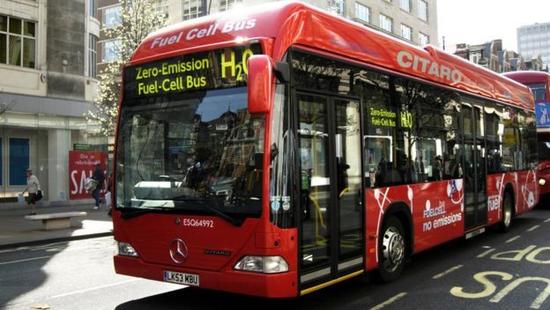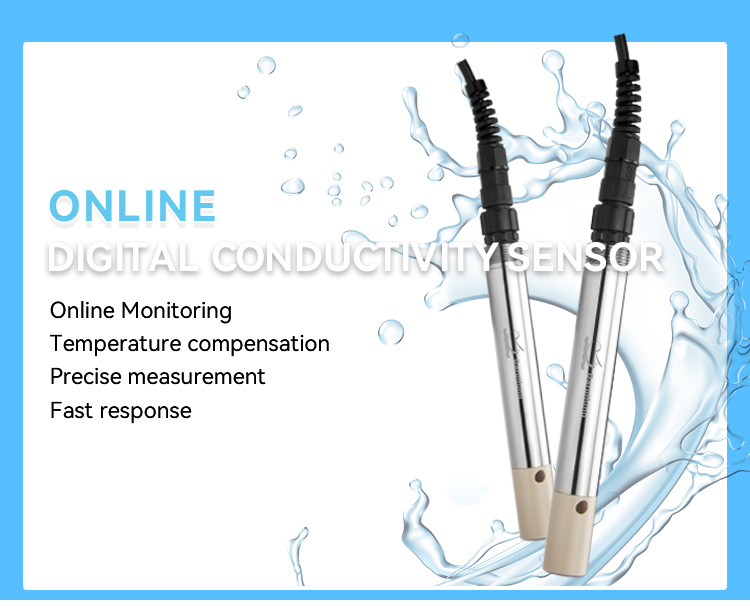According to the BBC, Team Fast, a start-up company incubating at Eindhoven University of Technology in the Netherlands, declared that they have developed the world's first bus using formic acid fuel. This approach not only makes stored fuel cheaper, more practical, but also more sustainable than other alternative renewable fuels.

Figure: Team Fast employees sit in front of a prototype bus using formic acid as a fuel
Team Fast team spokesperson Lucas van Cappellen said: "This formic acid fuel costs less and has the same environmental benefits compared to hydrogen fuel. We are building our own future. "Capone and his 40+ classmates are working hard to create zero-emission transportation to help fight global climate change. In addition, they also hope that they can take the opportunity to start their own career.
Formic acid can be found in nature, such as in the bite of ants or other insects. This simple carboxylic acid has been used in textile and leather processing, it can also act as a preservative for livestock feed, and it also exists in some household scale removers. But the Team Fast team found that this acetic acid carries the necessary ingredients for hydrogen fuel cells, which can provide electricity for electric vehicles.

Figure: Trailer loaded with hydrozine can be pulled behind the bus
This fuel is called hydrozine and is in a liquid state. This means that you can easily transport it and quickly refuel the bus just as easily as traditional fuel. The difference is that it is more environmentally friendly. Kaperen explained: "There are only carbon dioxide and water in the tail gas of buses, and there are no other harmful gases such as nitrogen oxides, soot, and sulfur oxides."
In order to prove this concept in the real world, an electric bus powered by formic acid will be launched in the Netherlands later this year. It will shuttle through regular bus routes and appear in promotions and trade shows. The bus is equipped with an electric drive system and is manufactured by the bus manufacturer VDL. It can draw extra power from the formic acid fuel cell on the trailing range trailer.
Capelen said: "Our fuel tank can hold about 300 liters of fuel, so the cruising range of the bus can reach 200 kilometers. Of course, we can also easily expand the fuel tank." The current hydrogen fuel cell bus is the largest The cruising range is 400 kilometers.

Figure: In January 2016, Team Fast has tested their concept on this 1 meter long model car
Why does Carpelon and others develop buses instead of cars? In response, he explained: "If we develop cars, we must compete with other electric vehicles. Although we believe that battery-powered cars are a very good solution for many people, if we prove that we can make a bus The car company needs vehicles with a cruising range of up to 400 kilometers and can quickly add fuel, and we will show the huge potential of hydrozine. There is no continuous competition in this area."
Hydrozine is created through the chemical reaction of water and carbon dioxide. Kapelen said: "In the reactor, water and carbon dioxide are connected using a sustainable current, which is a direct, sustainable electrochemical process." Hydrozine then decomposes in a tool called reformer under the action of a catalyst. Into hydrogen and carbon dioxide, the team is applying for a patent for this tool.
The newly designed reformer is only 1/10 of its original size, which is the first time it has been used in transportation. Hydrogen is then added to the fuel cell, where it reacts with oxygen and produces the electricity needed for the electric car. Menno Kleingeld, Executive General Manager of VDL Enabling Transport Solutions, said: “We are continuing to look for new technologies to expand the scope of zero-emission traffic in a simple way. The decomposition of formic acid into hydrogen is very One of the promising new technologies."

Figure: Zero emissions of hydrogen fuel cell buses are becoming more and more common in our city streets
But is this technology commercially viable? Capelon said: “The conversion of a traditional petrol gas station to a hydrozine gas station requires 35,000 U.S. dollars. This process involves the replacement of pipes and the coloring of fuel tanks.†For this reason, it is cheaper to introduce hydrozine fuel systems than gaseous hydrogen. 100 times. Kapelen said: "In the Netherlands, Hydrozine is now cheaper than gasoline, but slightly more expensive than diesel. But in the future, we think its price will drop and it will be cheaper than gasoline and diesel."
Although buses still emit carbon dioxide, Team Fast believes that raw carbon dioxide can be used to make hydrozine. In a closed carbon cycle, no excess carbon dioxide is produced. Some experts believe that this technology has great potential. Richard van de Sanden, Director of the Netherlands Institute of Basic Energy, said: "Team Fast has a very good project and is helping to solve one important problem: storage in a removable form and practical way. Renewable Energy. "

Figure: Some types of ants can spray formic acid as a defense mechanism
A number of companies are supporting this project. TNO Industry’s senior business expansion experience Martijn de Graaff said: “We are working together on a renewable energy source that can combine renewable energy with carbon dioxide capture. If we achieve this goal, we It will usher in a stable future."
The concentration of these students is also impressive, with 15 of the more than 40 students currently working full time on the project and others working at least 20 to 25 hours per week. Kapelen said: "Through this project, you can learn a lot of practical experience about things in the university. We are personally building our own future."
Digital conductivity sensors have two electrodes and four electrodes. Compared with analog conductivity sensors, digital conductivity sensors have higher accuracy and stability through digital measurement and signal processing technology. They provide accurate measurements and reduce errors due to sensor drift or interference. Digital conductivity sensors usually have a digital output interface, such as a serial communication interface (such as RS485, MODBUS, etc.) or a digital bus (such as I2C, SPI, etc.). This allows for easy connection and communication of the sensor with other devices or data acquisition systems. Daruifuno's digital conductivity sensors have built-in temperature compensation and are capable of temperature compensation. Since conductivity is closely related to temperature, the built-in temperature compensation function can provide more accurate and reliable conductivity measurement results. In addition, another advantage of the digital conductivity probe is that it is plug-and-play, internally stores calibration data, and can be calibrated offline. The material of the digital Conductivity Sensor is PPS plastic, stainless steel and titanium alloy. Users can choose the appropriate conductivity probe according to their own application.

Digital Conductivity Sensor, Digital Conductivity Probe,RS485 conductivity sensor
Suzhou Delfino Environmental Technology Co., Ltd. , https://www.daruifuno.com